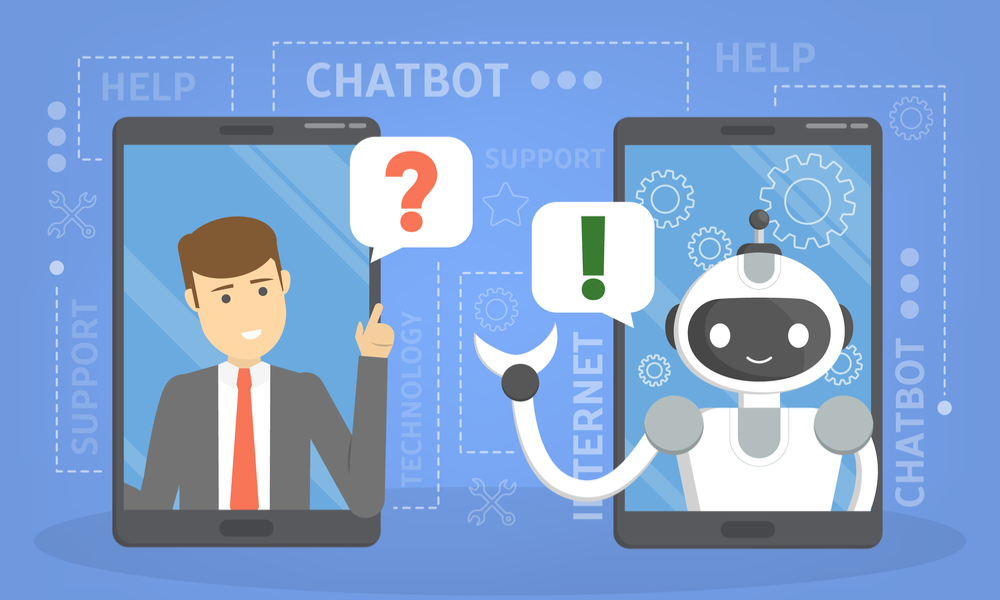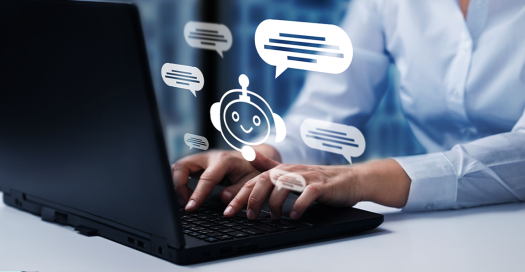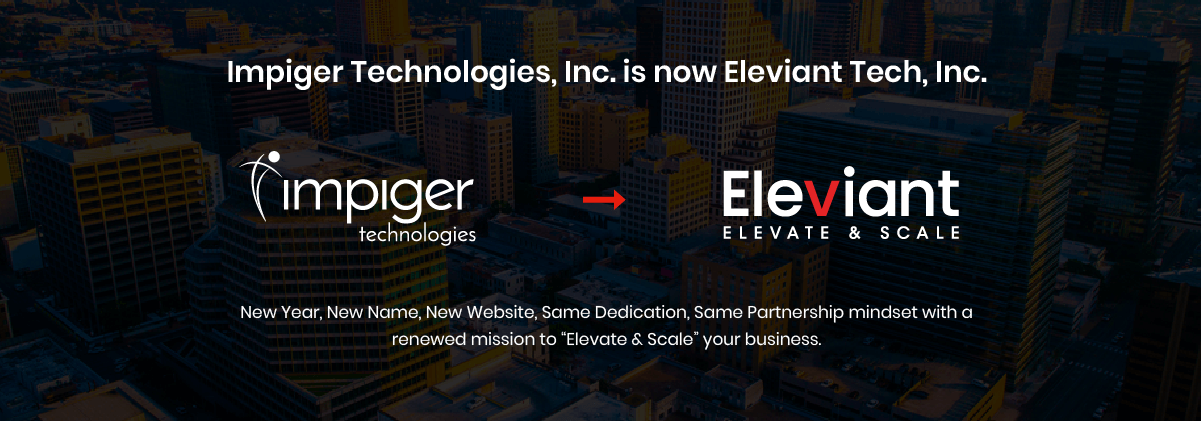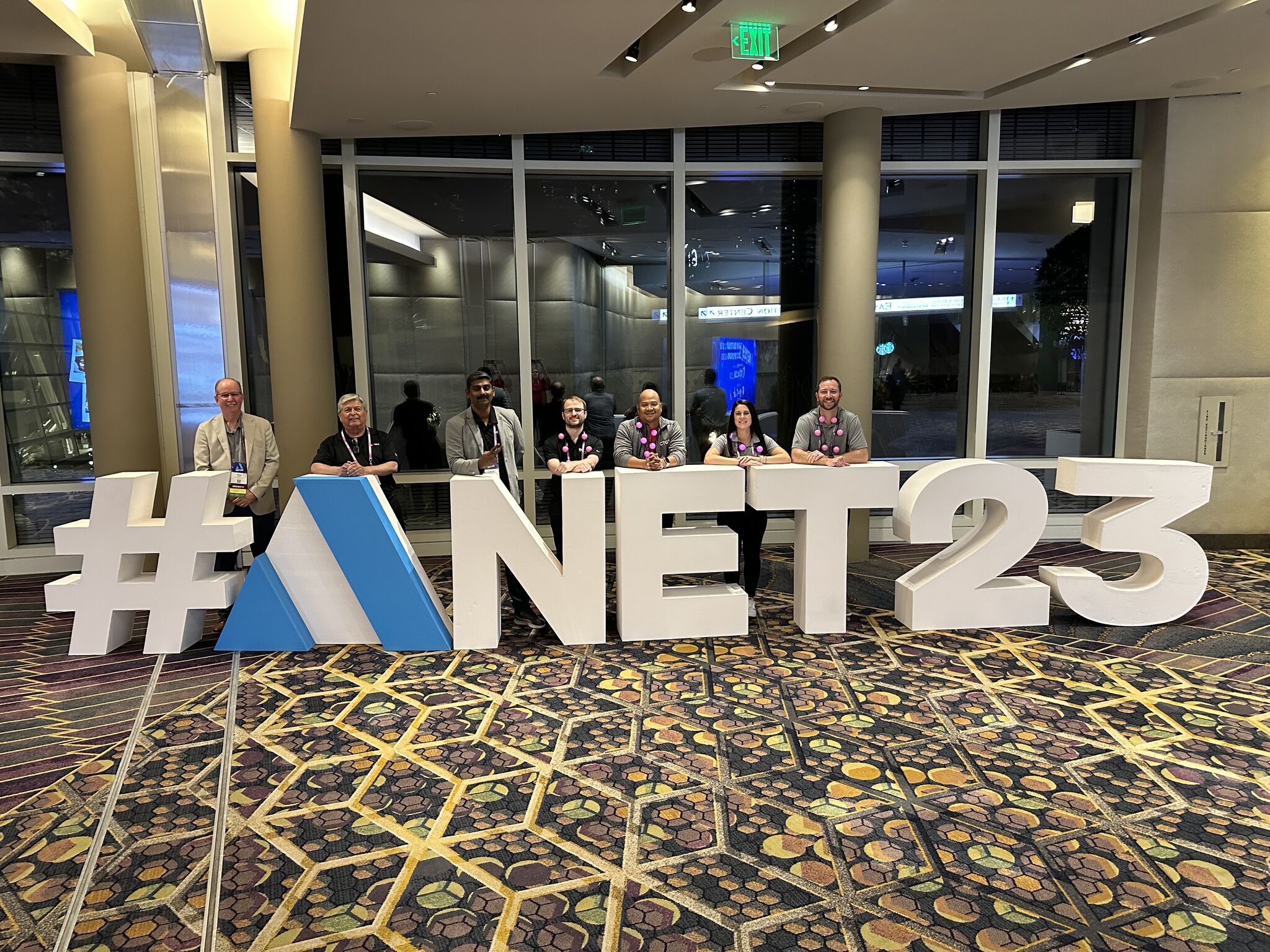Eleviant is to Elevate & Scale. Eleviant Tech symbolizes business transformation and reinforces our mission to help clients elevate and scale their business.
What Are Chatbots?
February 25, 2019

Globalization has transformed the world. The way we communicate with each other and our environment has changed dramatically in the past few decades. Today you could live in New York, pick up the phone and have a conversation halfway across the planet with someone in India.
Even now in 2019, our interaction channels continue to evolve as new technologies develop. The latest and greatest mode of communication is the text messaging medium. To facilitate conversation, chatbots have arrived on the web.
Today, chatbots are the driving force behind several sectors like HR, marketing, healthcare, legal, education, and many other industries.
From platforms like Facebook Messenger, WeChat to virtual assistants like Google Assistant, chatbots are successfully interacting with a vast consumer base, providing them with regular assistance and bridging the gap between brands & consumers.
Through a variety of avenues, chatbots are simplifying our daily lives.
If you are feeling under the weather, the health bot – Sensely – can offer advice based on your symptoms or book you an appointment.
Another useful tool the SingleLife Chatbot can help ease your insurance applications and claims by guiding you through the sometimes long and confusing process.
These are a few examples where chatbots are influencing human activities. Your collaborators, from virtual assistants to fashion advisors to legal experts, are more likely to be chatbots in near future.
In this guide, we will help you navigate through this rapidly-evolving world of chatbots that are the allies rather than the enemies. Read on to know how chatbots are the best strategy that you can adapt to boost your personal and business growth trajectory.
WHAT ARE CHATBOTS?
According to the Oxford dictionary, Chatbot is a computer program designed to simulate a conversation with human users, especially over the Internet. However, it is much more than that. Chatbots are easing communication, service provision, analytics, market research, and several other functionalities. Today, chatbots are embracing personalization. The one-size-fits-all approach is replaced by customization and focused connectivity. This is thanks to the analytical capability of chatbots in which they refer to the conversational history, learning ability, and adaptability to different requirement of the consumers. In addition to helping customers, chatbots are equally advantageous for organizations, as they cut down on redundancy and help employees escape the monotony of addressing basic queries that eat away at their time & productivity. Advancements in chatbot technology have created an artificial intelligence component, closely linked with natural-language processing (NLP). Chatbots are now able to gather human intents by identifying keywords (entities) in a single utterance. This revolutionary landmark is making it harder for us to differentiation our online interactions between humans and bots.TYPES OF CHATBOTS
Before one plunges themselves into the bot ocean, it is important to know and understand the kinds of chatbots in existence. Every chatbot has a specific role to play, and the confusion concerning their adoption can lead to a loss in time, money and resources. Chatbots occur in 3 different categories:- Support Chatbots
- Skills Chatbots
- Assistant Chatbots
CONCLUSION
Chatbots sought their way half a century ago to replicate human conversations. Today, they are crossing the borders of human interaction and actively engaging in digital transformation. They are no longer just digital members. They are an intrinsic part of the user’s daily routine. Several chatbots like Rescue are vigilant assistants during emergencies. On the other hand, several Facebook Messenger bots are the robust conversational interface for several non-governmental organizations (NGOs) that are swamped with administrative work and are in dire requirement of a streamlined medium of communication. For instance, WaterAid is a chatbot offering an exclusive storytelling experience that communicates with users about work being done in these areas. Chatbots are reshaping online experience and drawing in human attention just like a fellow human mind. It is just a matter of time for us to witness new discoveries in the realm of chatbots.Get in touch with our Digital consultants to Elevate & Scale your business
Free ConsultationReady to get interesting insights of Eleviant? Subscribe to our Newsletter
SubscribeRelated Posts
Digital Transformation
Emerging Tech
vChat
How to Protect Against Chatbot Abuse
Get in touch with our Digital consultants to Elevate & Scale your business
Free ConsultationReady to get interesting insights of Eleviant? Subscribe to our Newsletter
Subscribe



































































